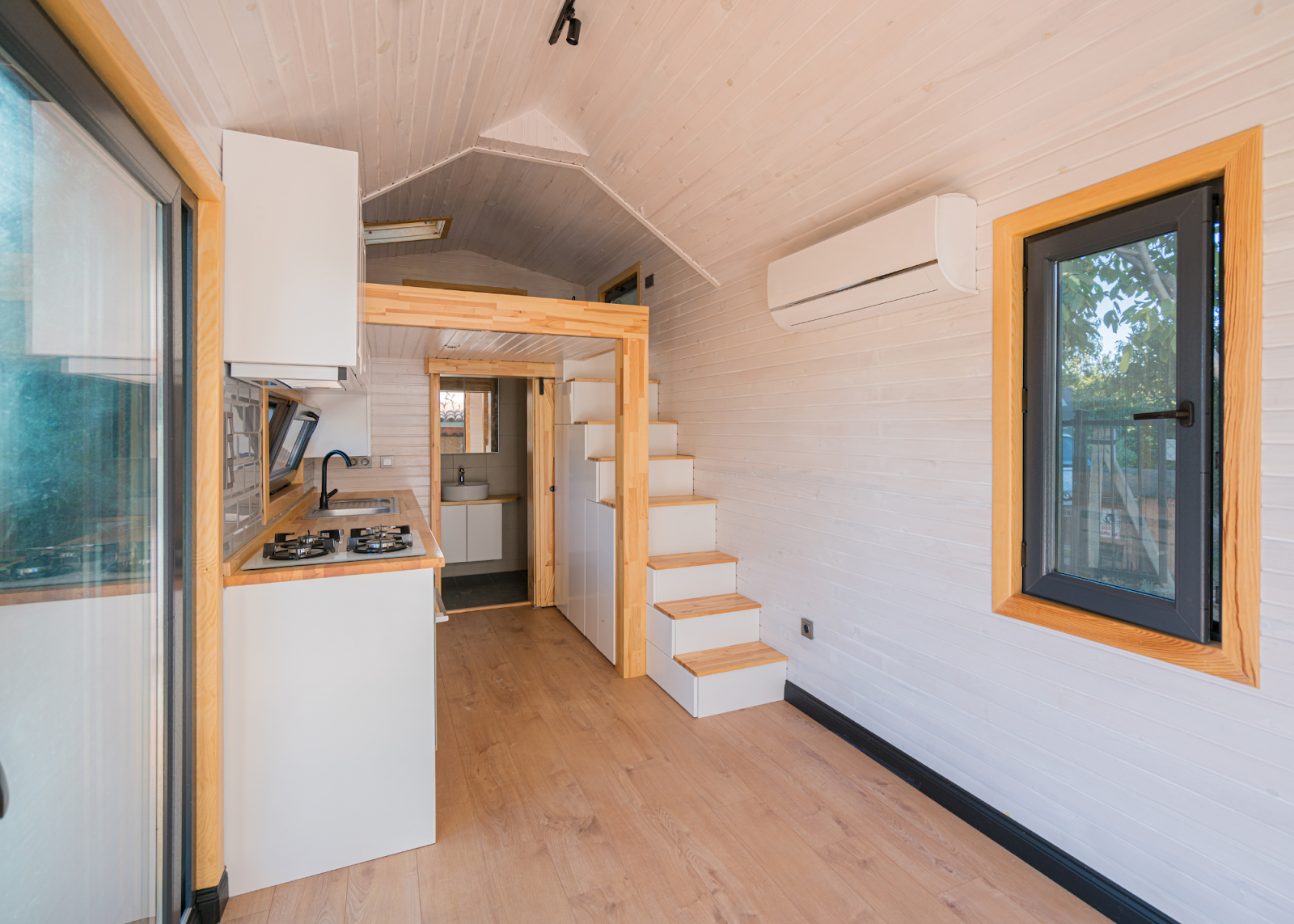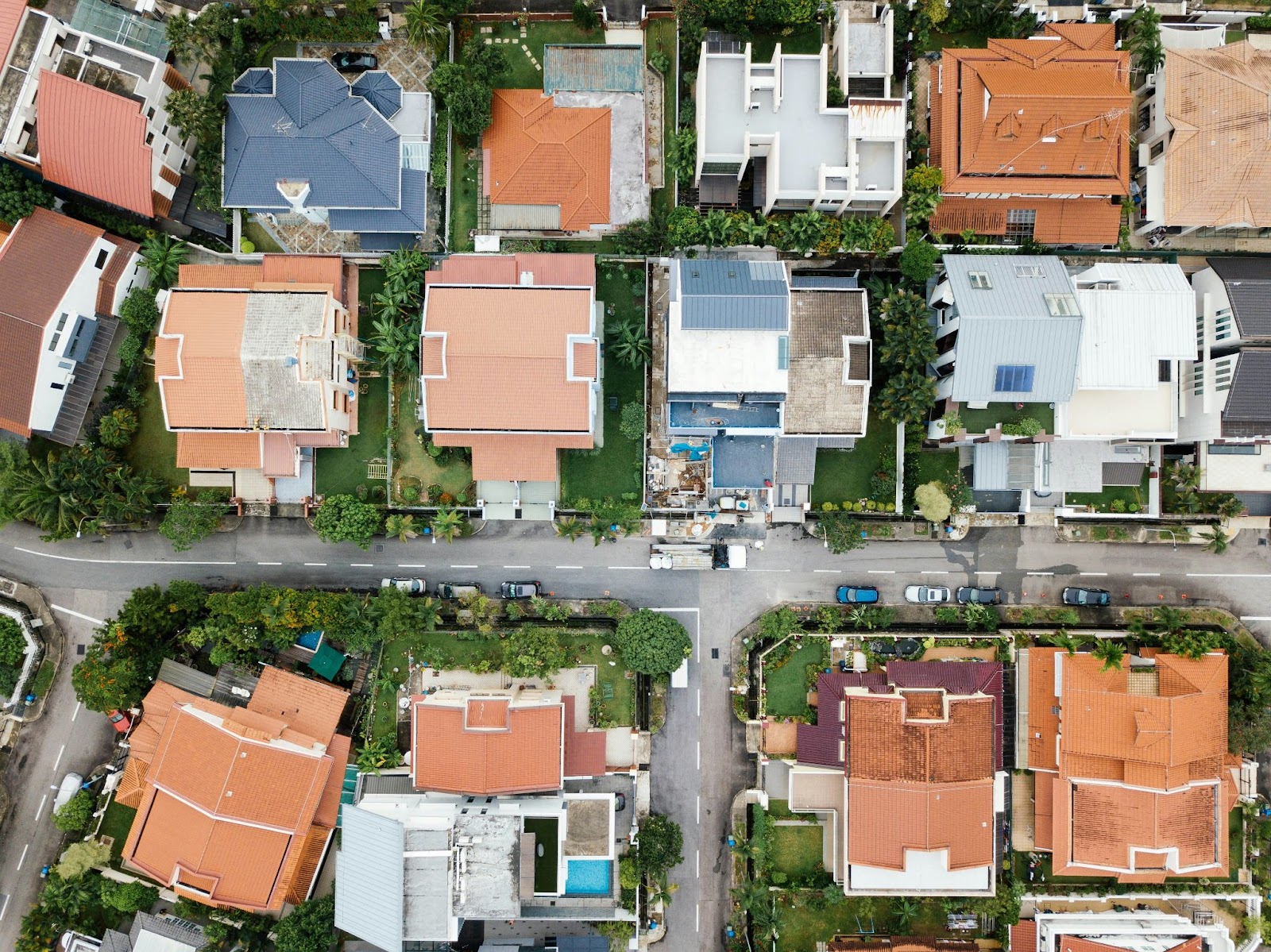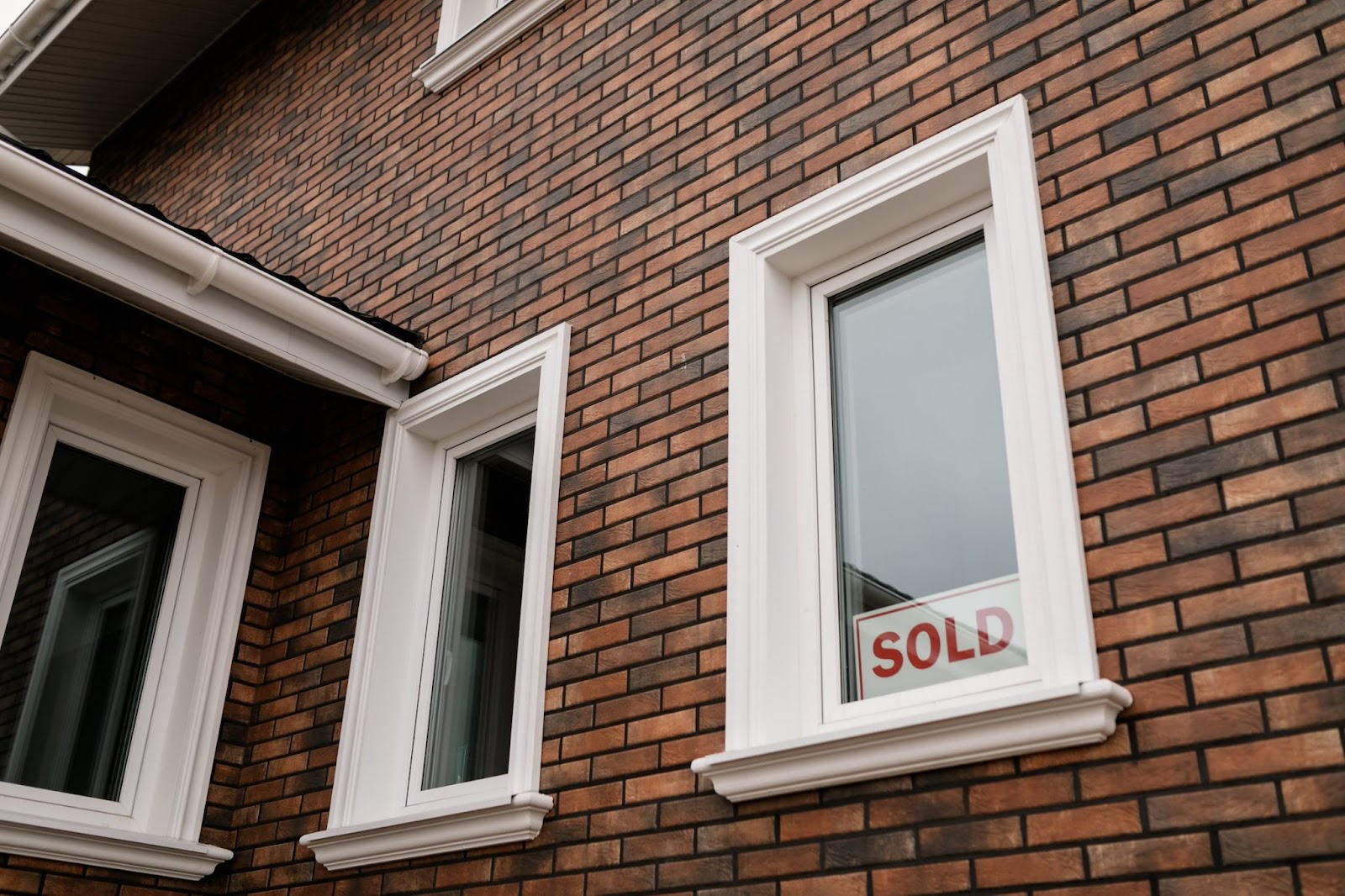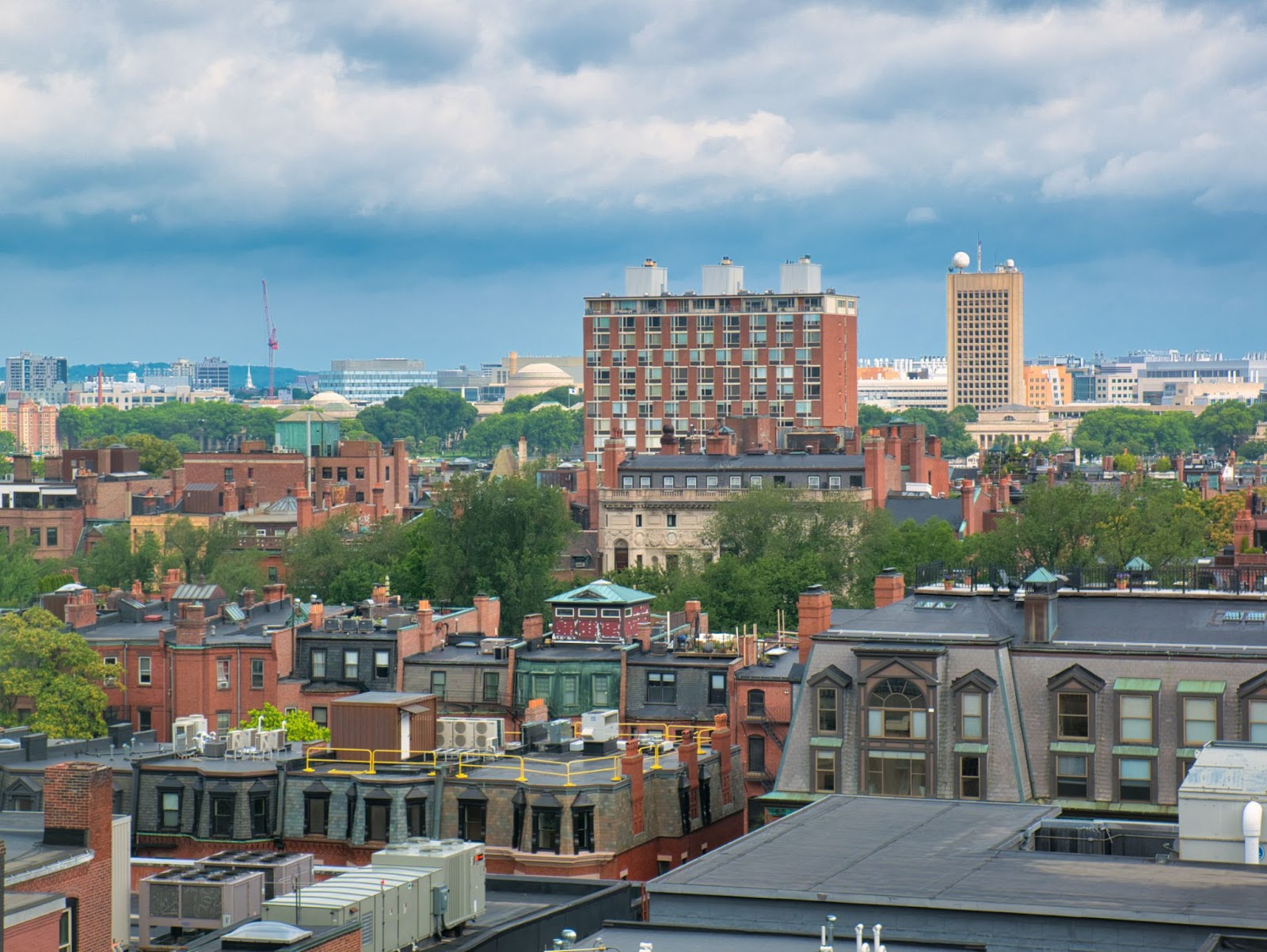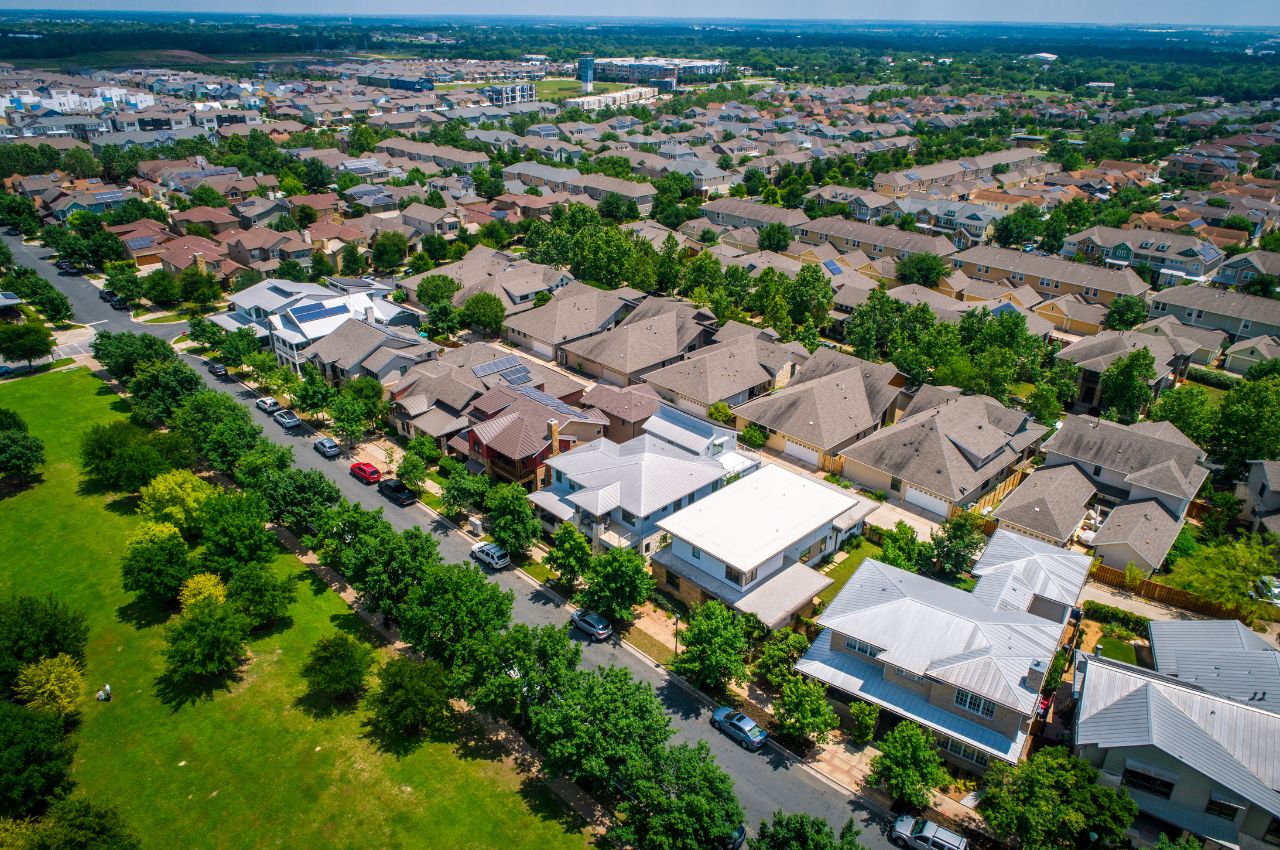The ideal of the ‘American Dream,’ centered around home ownership, is increasingly slipping out of reach for many in the United States. This evolving reality is highlighted by Freddie Smith, an Orlando-based real estate agent and TikTok content creator, who sheds light on the growing challenges facing everyday Americans in achieving this dream.
Through his TikTok platform, Smith delves into the difficulties faced by younger generations, particularly millennials and Gen Z, in the pursuit of buying their first home. He reflects, “The middle class in America has traditionally been seen as those working a standard 40-hour week and earning enough to afford an average home.” However, Smith points out a shifting landscape. Where once an annual income of $60-$70K sufficed for home ownership, the situation in 2024 paints a different picture. With house prices soaring to an average of $400k to $420k, the income requirement for home buyers has almost doubled to about $120k, underscoring a widening gap in the home ownership journey.
This difference between what people earn and the cost of houses is causing problems. Many Americans now rent longer than previous generations, with rent prices consuming a substantial portion of their income. Smith notes, “Rent prices are taking up 30-40% of people’s income, making it harder for them to save for a house.” This cycle hinders the journey to middle-class status.
Compounding the issue is the burden of debt. Many Americans grapple with student loan debt, which has reached historic highs. “Most people are carrying student loan debt… the average payment in the country is $500 a month for your college degree,” Smith points out. Credit card debt has also soared, often used not for luxuries but for groceries and other necessities.
According to DQYDJ, the average American income in 2023 was around $69K, with only a small fraction earning over $100K. This economic reality places the dream of home ownership out of reach for many. Smith points out that whether you’re considered middle class depends a lot on debt and housing costs. People who bought homes before 2020 with low interest rates are in a better position than those in 2024, burdened by college debt, high housing costs, and childcare expenses.
For older individuals who have paid off their debts, a $70K income might still signify a comfortable middle-class existence. But for younger generations, the scenario is markedly different. “People are spending about $1,200 to $1,500 a month on daycare… just that alone, you need $100,000 as an income just for that,” Smith says.
Because of these financial pressures, some families in Florida are trying new ways of living to save money. “Many families [with] 3 or 4 adults and [say] five children, they all split a big house, and they all take care of each other,” he describes. This shows how society is beginning to change as a result of financial issues.
Smith believes that millennials are in a particularly difficult position. He calls them a “pinched generation” where the traditional path to the American Dream has become untenable. “The debt piled up, and the old American Dream died, and we got left holding the bag,” he laments. However, he also believes that the younger Gen Z generation can do well in today’s world if they make smart choices and avoid debt.
On TikTok, Smith shares stories from Americans about their struggles and how they’re adapting. “People in America, real society, are sharing all this with me… It’s thousands and thousands of people sharing what’s going on,” he says. This helps him understand the bigger picture of how the American Dream is changing.
“We’re basically redefining the American dream from top to bottom,” Smith asserts. The idea of owning a home and staying in one job for life might change or even disappear for many young people. This could lead to a future where the goals and dreams of millennials and Gen Zers change how Americans think about money and success.











































































































































































































